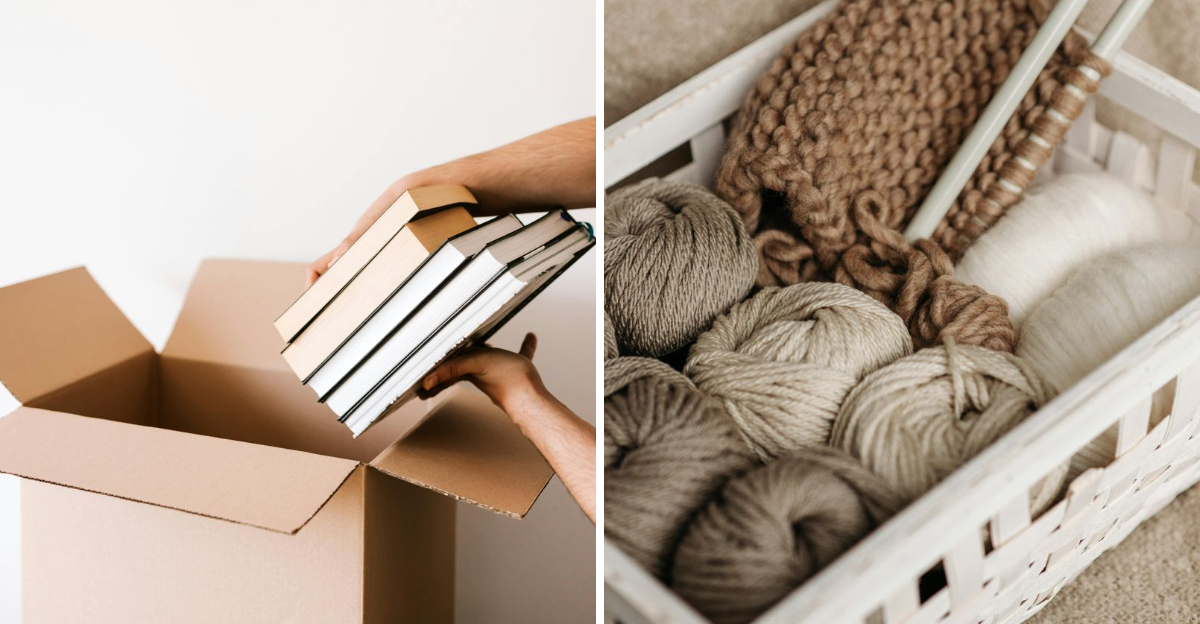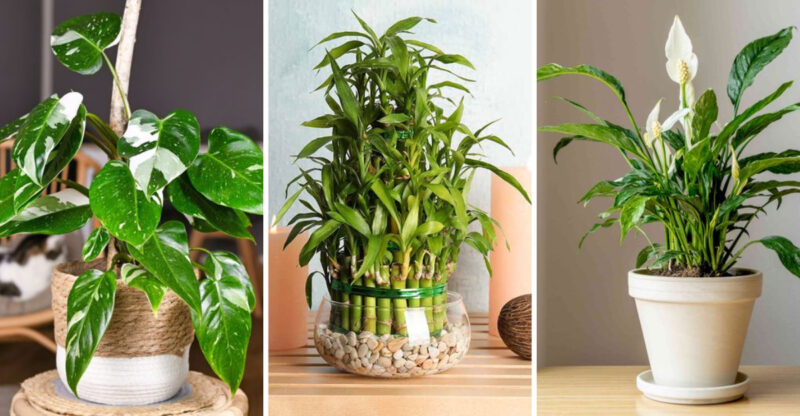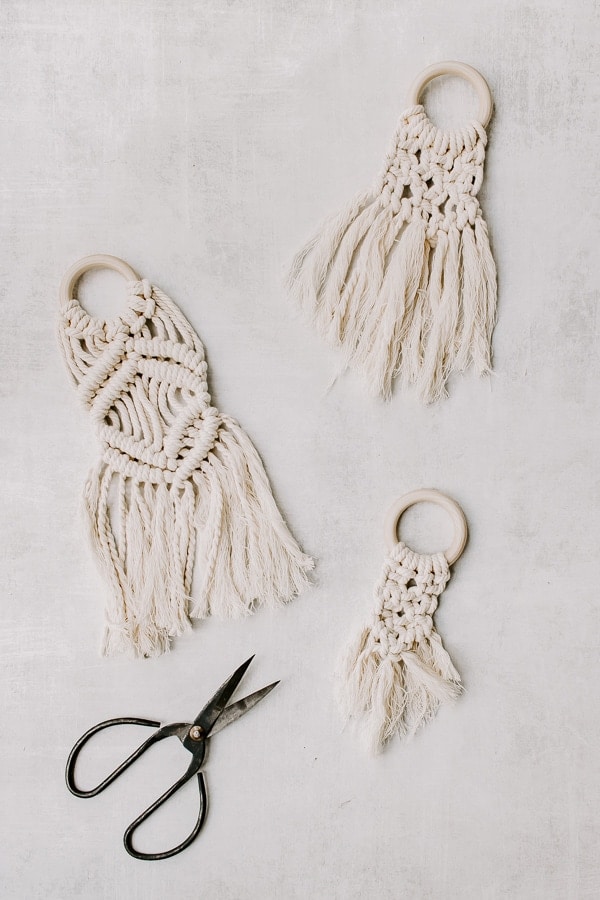16 Practical Ways You Can Declutter And Organize Your Space

Feeling overwhelmed by the mess in your home? A cluttered space can make it hard to think clearly and relax. Getting organized isn’t just about making your home look nice.
It actually helps reduce stress and makes everyday tasks easier.
These tips are general suggestions. Results may vary depending on your home, lifestyle, and personal organization habits.
1. Start With The 15-Minute Method
Set a timer for just 15 minutes and tackle one small area. You’d be amazed how much you can accomplish in short bursts!
The key is consistency rather than marathon cleaning sessions. Even clearing off one counter or organizing a single drawer counts as progress. This approach prevents burnout and builds momentum for bigger organizing projects.
2. Create A Donation Station
Designate a box or bag in your home specifically for items you no longer need. When the container fills up, drop everything off at your local donation center.
Having a permanent spot for outgoing items makes decluttering an ongoing habit rather than a massive project. Bonus tip: keep a running list of donated items for tax deduction purposes.
3. Follow The One-In-One-Out Rule
For every new item that enters your home, remove something similar. Buy a new shirt? Time to donate an old one from your closet.
This simple principle prevents accumulation and keeps your belongings at a manageable level. It works especially well for clothing, books, kitchen gadgets, and toys. The rule creates natural boundaries for your possessions.
4. Sort By Categories, Not Rooms
Gather all similar items from throughout your home before organizing them. Round up all books, then all clothes, then all papers-rather than tackling entire rooms.
This method, popularized by Marie Kondo, reveals exactly how much you own in each category. Seeing fifteen spatulas or thirty coffee mugs together makes it easier to decide what to keep.
5. Use The Four-Box Method
Label four containers: Keep, Donate, Trash, and Relocate. Sort every item in a space into one of these boxes. The “Relocate” box is particularly helpful for items that belong elsewhere in your home.
After sorting, immediately take out trash, put donation items in your car, and return “relocate” items to their proper homes. This prevents the common pitfall of creating new piles.
6. Maximize Vertical Storage
Look up! Walls and the backs of doors offer prime organizing real estate. Install shelving, hooks, and hanging organizers to free up floor space. It works especially well in small spaces like bathrooms and closets.
Try an over-the-door shoe organizer-it can hold way more than just shoes. Spices, craft supplies, cleaning products, and toiletries all fit neatly in those pockets.
7. Corral Small Items In Baskets
Group similar small items together in labeled containers. This prevents them from becoming scattered and makes cleaning much faster. Attractive baskets on shelves can hold everything!
The key is consistency-make sure items return to their designated containers after use. Clear bins work best for items you need to see at a glance.
8. Create Zones For Different Activities
Arrange furniture and supplies based on activities that happen in each space. A reading nook needs good lighting and book storage; a homework station requires desk supplies and charging outlets.
Activity zones make daily life flow more smoothly. They also naturally contain the items related to specific tasks. Kids especially benefit from clearly defined areas for play, study, and creative projects.
9. Schedule Regular Reset Sessions
Set aside 10 minutes each evening to return items to their proper places. This prevents clutter from accumulating and maintains your organizing systems.
Make it fun by setting a timer and getting the whole family involved. The evening reset ensures you wake up to a tidy space each morning. Focus especially on clearing flat surfaces like counters and tables.
10. Digitize Paper Clutter
Scan important documents and photographs to create digital copies. Many papers can then be safely discarded, freeing up physical space. Apps like CamScanner turn your phone into a portable scanner.
Create a simple digital filing system with folders for categories like Medical, Financial, and Warranties. Just remember to back up your digital files regularly to avoid losing important information.
11. Implement The Two-Minute Rule
If a task takes less than two minutes, do it immediately instead of putting it off. This applies perfectly to small organizing tasks. Hanging up a coat takes minimal time in the moment.
When ignored, these small tasks pile up into overwhelming projects. The two-minute rule prevents clutter before it begins. Simple but works!
12. Use Clear Storage Containers
Transparent bins and jars let you see what’s inside without opening everything. They work especially well in pantries, craft rooms, and garages.
Clear containers eliminate the “out of sight, out of mind” problem that happens with opaque storage. You’ll waste less food in the refrigerator and find items faster in storage areas. Labels are still helpful, especially for similar-looking items.
13. Create A Mail Processing Center
Designate a specific spot for incoming mail with separate containers for action items, bills, and recycling. Process mail daily rather than letting it pile up. Mail is one of the biggest sources of paper clutter!
A simple system prevents important documents from getting lost. Consider going paperless for bills and statements to reduce the flow of physical mail.
14. Schedule Seasonal Decluttering
Mark your calendar for quarterly decluttering sessions that align with the changing seasons. Each season brings different needs and activities. Spring cleaning might focus on deep cleaning and lightening up.
Fall decluttering could center on organizing school supplies and winter gear. These scheduled sessions ensure your space evolves with your life and prevents massive cleanup projects.
15. Create A “Maybe” Box
When struggling to decide about keeping certain items, place them in a sealed box with a date. If you haven’t opened the box in six months, donate everything inside.
This technique eases the emotional difficulty of letting go. You’re not making a permanent decision right away, just testing whether you truly need these items. Most people find they completely forget what’s in the box!
16. Adopt The One-Touch Rule
Handle each item only once when possible. Instead of setting down mail to deal with later, immediately sort it into action categories or recycling.
This principle saves tremendous time and prevents the buildup of “I’ll deal with it later” piles. Apply it to laundry by putting clothes away immediately after folding. The one-touch rule transforms daily habits to maintain organization effortlessly.






